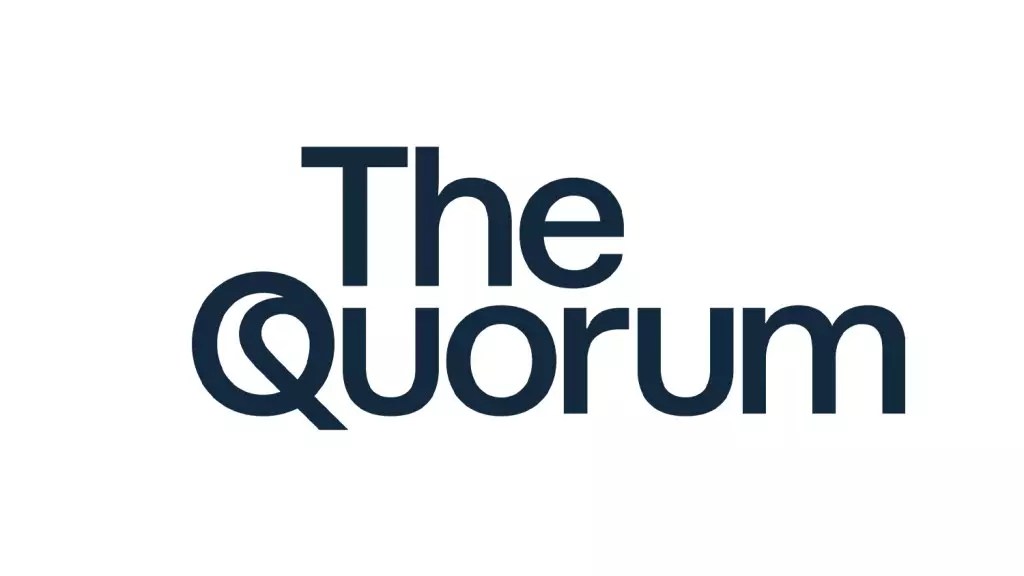The recent acquisition of The Quorum by Greenlight Analytics raises significant questions about the integrity and future of film tracking in an industry that is continuously evolving. Founded by the astute David Herrin, The Quorum was distinguished for its audacious approach, boldly offering six-week weekend projections that challenged industry norms. These figures were not mere internal memos but public data that often infuriated studio executives, exposing the volatile mix of art and commerce in Hollywood. The tension between the desire for accurate data and the fear of premature information leakages has never been more palpable.
Instead of offering a safety net for studios, The Quorum’s forecasts became a double-edged sword. They served as a litmus test for the studios’ grip on their narratives and marketing strategies. The cringe-worthy reality? More than once, The Quorum provided outlandishly accurate projections, prompting studios to question their own judgment. When they forecasted that “Deadpool & Wolverine” would achieve a staggering $200 million opening, it wasn’t just numbers; it was a clarion call. The backlash from studios, frantic to maintain their narrative control, indicates a profound disparity between data and the human ego. Will Greenlight Analytics continue in this tradition, or will they ultimately succumb to industry pressures?
The Role of Data in Modern Filmmaking
Greenlight Analytics, a contender in the world of data analytics in entertainment, now holds this legacy. Led by CEO Bill Skelly, Greenlight’s aspirations include not just continuing Quorum’s work but redefining how data influences film production and marketing. This shift is imperative in a post-COVID-19 market that requires agility and innovation more than ever. The pandemic has reshaped audience behaviors, making traditional forecasting obsolete. The entertainment realm demands something more nuanced—akin to a crystal ball that reflects real-time audience sentiment instead of a relic from the box office past.
The strategic partnership with notable investors like Ben Affleck and Matt Damon’s Artists Equity signals an infusion of creative vision alongside data-driven analysis. But this leads to another pressing question: Will the new leadership pivot towards an even more conservative approach, reducing transparency for nativity? Hiding behind the cloaks of analytics could blanket creative freedoms and hinder filmmakers from making bold choices.
The Danger of Commodifying Movie Predictions
Also troubling is the commodification of box office tracking. The once-sacred space that allowed for artistic foresight is now at risk of being reduced to mere numbers, devoid of the emotional context that films inherently possess. The Quorum’s model of comparing films sans major studio input was revolutionary—but with its acquisition, risks abound that we lose this independent analytical voice.
Interestingly, firms like NRG offer a more traditional, three-week forecast method, laying a foundation of predictability that might not be compatible with the rapid changes in audience preferences post-pandemic. The rigidity of such models may well lead to missed opportunities, causing studios to react rather than anticipate trends. The challenge is not just to track films, but to align prediction methods with the organic flux of cultural consumption.
In a landscape where box office numbers can influence personal responses to films—do we risk creating an echo chamber of analytics? The tension between wanting accurate data and the need for refreshing, unfiltered insight will dictate the future of how we understand entertainment trends and consumer behavior.
As the film landscape continues to morph dramatically, the stakeholders involved must tread carefully to harness the power of data without succumbing to its pitfalls. How the industry reconciles this duality will ultimately shape the quality of storytelling—and the movies we will see in the years to come.


Leave a Reply